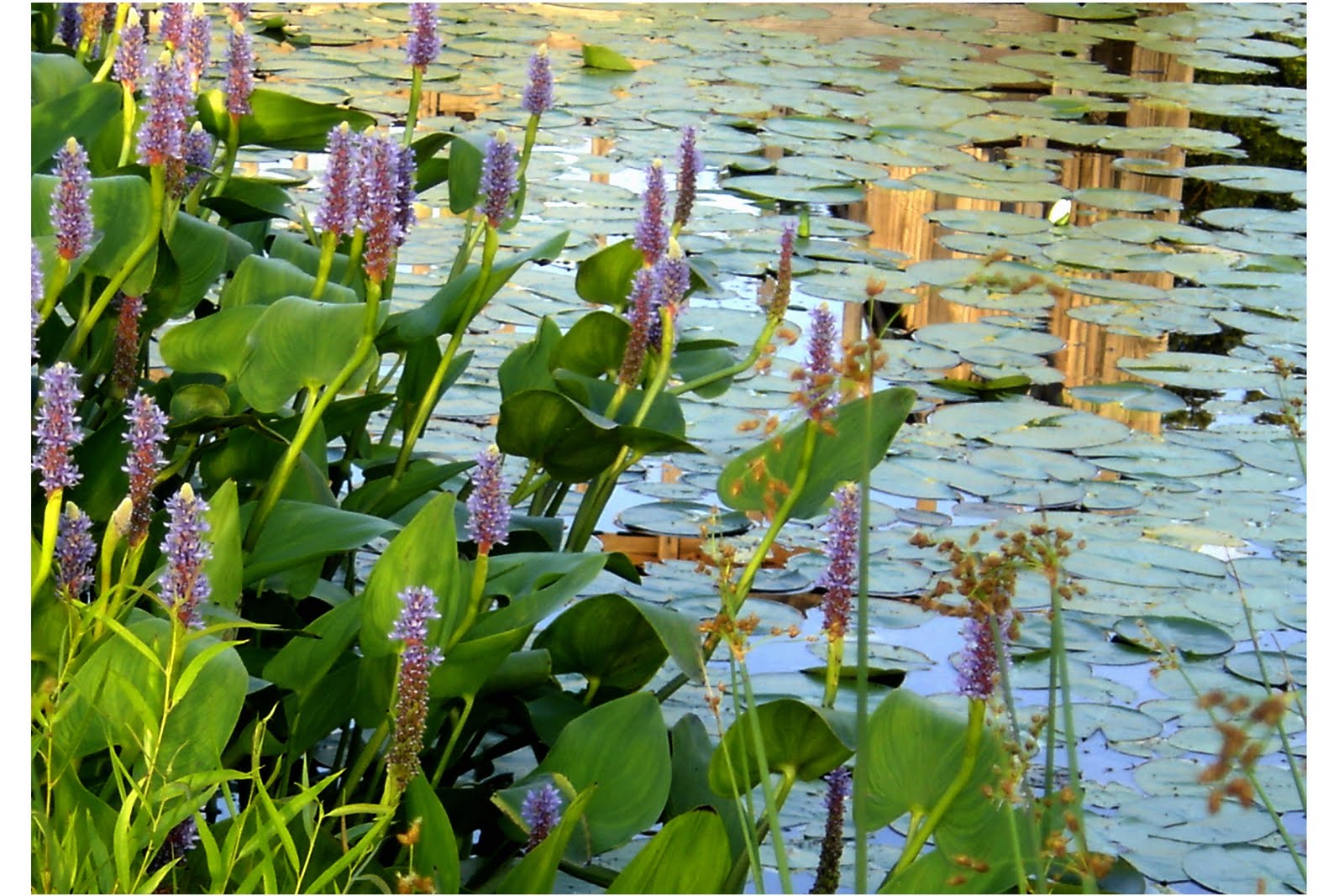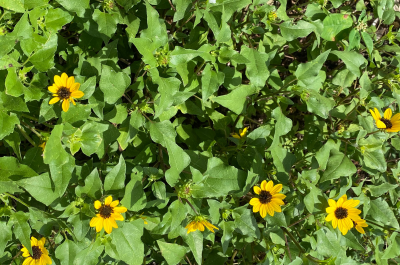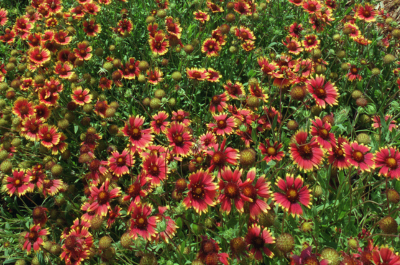Adding plants in and around a community stormwater pond is a great way to boost the ecosystem services provided by your water feature. Emergent plants in a pond’s littoral zone (the shallow shelf-like area between a pond’s bank and deep water) help improve water quality by aiding the pond’s ability to remove nutrients from incoming stormwater. Emergent plants also help prevent bank erosion by deflecting the energy from small surface waves. When installed along a pond’s banks, native plants develop complex root structures which anchor soil in place, helping to lessen erosion and sedimentation. A carefully curated palette of native plants including bunch grasses, wildflowers, and small shrubs can help protect pond banks while offering the aesthetics of an intentional formal landscape. Plants in a well-managed pond will also provide shelter and food for wildlife, much to the joy of residents who appreciate views of birds, turtles, and brightly colored dragonflies.
Water levels in stormwater ponds fluctuate throughout the year. This can be a challenge for some landscape plants. Thankfully, there are plenty of plants that are well-suited for this unique environment. The Database on Trait-Based Selection of Stormwater Pond Plants contains an extensive list of appropriate plant choices. Below are some of the plants most commonly used in and around stormwater ponds in South Florida.
Plants for Littoral Zones
Pickerelweed
Pontederia cordata

Pickerelweed is likely the most popular emergent plant spotted along the shallow edges of stormwater ponds throughout South Florida. Spade-shaped leaves provide interesting texture and purple blooms lend color against the backdrop of a green landscape. In winter, pickerelweed’s foliage will turn brown as the plant enters its natural dormancy period. If your community is home to seasonal residents, consider adding evergreen plants along with pickerelweed.
Duck Potato
Saggitaria lancifolia

The lance-shapes leaves of Duck Potato provide a complimentary texture to the spade-shaped foliage of Pickerelweed. These emergent plants produce a slender stalk bearing delicate, yet showy, white flowers. This common wetland plant gets its name from the potato-like underground structures it may produce.
Gulf Coast Spikerush
Eleocharis cellulosa

Gulf Coast Spikerush may be the most common littoral plant found growing along the shallow edges of community stormwater ponds. The tall, rounded, leafless foliage of spikerush emerges from the water’s surface and is often mistaken for grass. Spikerush is a vigorous grower and may spread to cover large areas.
Plants for Pond Banks
Muhly Grass
Muhlenbergia capillaris

Muhly grass is one of Florida’s most stunning native bunch grasses. In autumn, muhly grass produces an abundance of pink flowers, giving the grass its distinctive feathery pink look.
Dwarf Fakahatchee Grass, Florida Gammagrass
Tripsacum floridanum

Dwarf Fakahatchee grass, or Florida Gammagrass, is a more compact form of its larger cousin, Fakahatchee Grass. Dwarf Fakahatchee Grass grows to about 4ft high and can withstand occasional flooding.
Beach Sunflower
Helianthus debilis

With the cheerfulness of a summertime sunflower packed into a small size, Beach Sunflower is a great addition around many stormwater ponds. Beach Sunflower’s growth habit is best described as short, bushy, and sprawling. This plant is very drought tolerant and requires very little care.
Gaillardia, Blanket Flower
Gaillardia pulchella

Although Blanket Flower is no longer thought to be native to Florida, this brightly colored wildflower is native to the Southern United States and grows well in our warm climate and sandy soils. Gaillardia will spread and self-seed, eventually creating a “blanket” of daisy-like orange flowers. This Florida-Friendly plant is a favorite among pollinators.
NOTE: Tracy Calla, horticulture program assistant, contributed to this blog post.
 1
1
